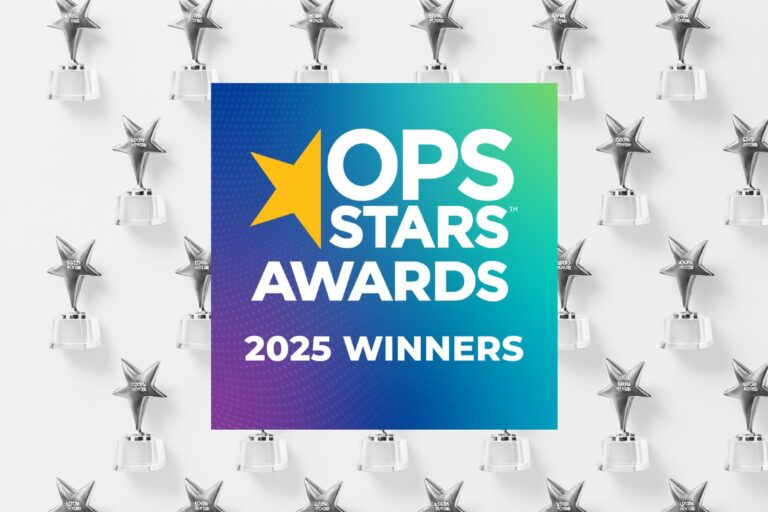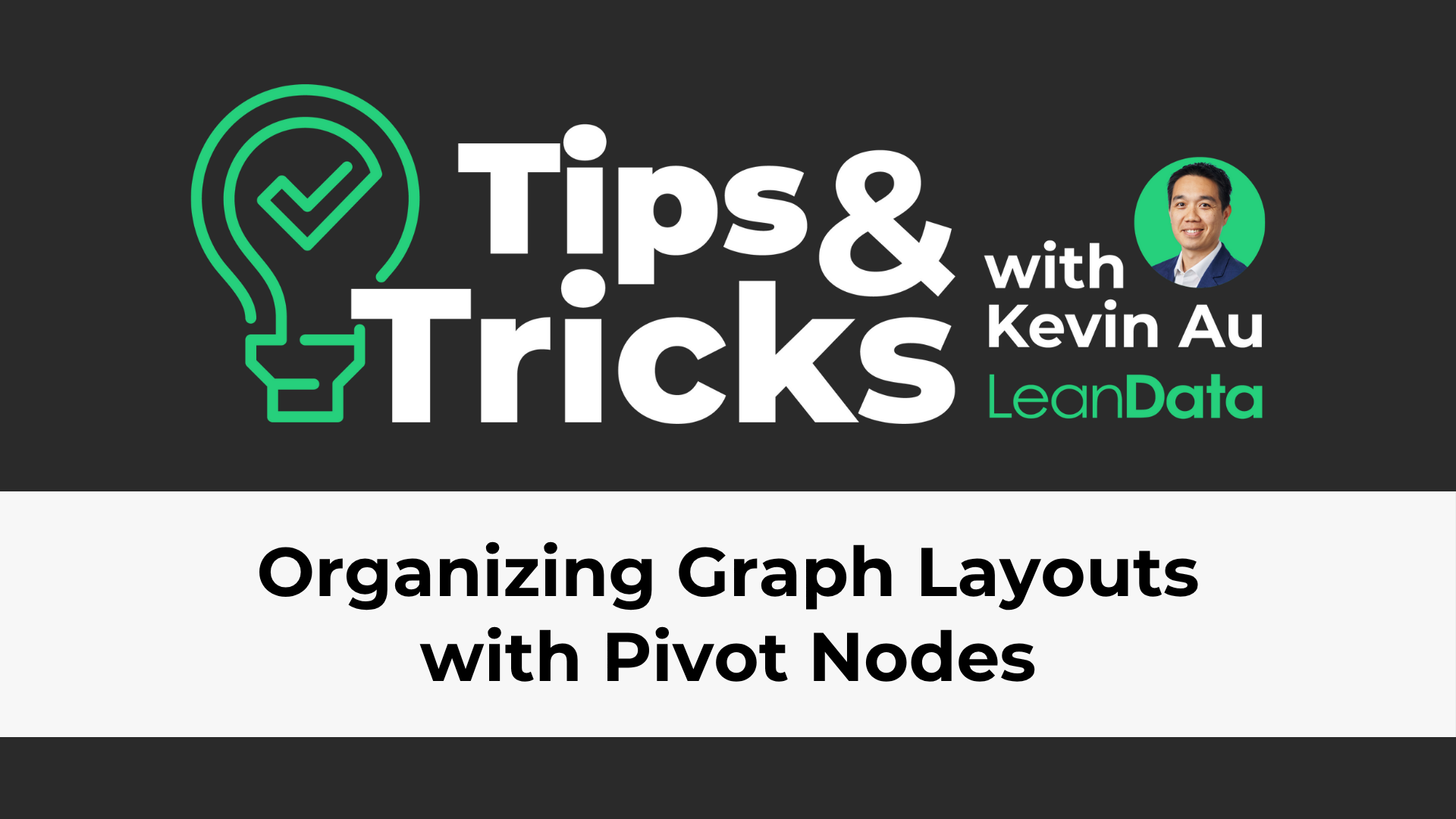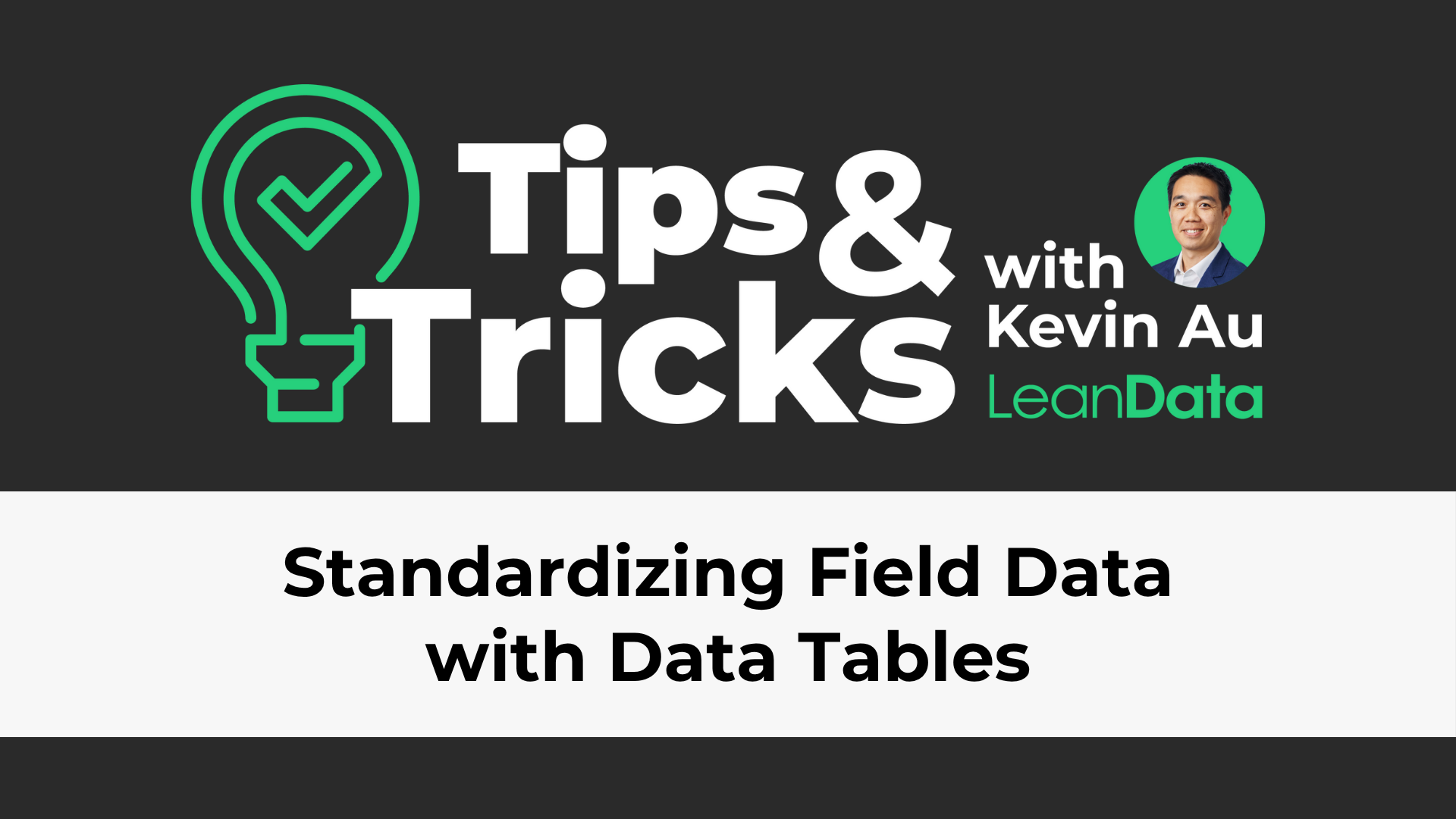B2B marketers invest an extraordinary amount of time, energy and resources creating demand for their products and services. However, far too many fail to deliver those precious leads to the right team member for timely follow-up. Succeeding in a competitive marketplace requires the extraction of the full value of every lead, and as such, B2B go-to-market (GTM) functions need absolute best-in-class lead management strategies.
Effectively managing leads is a huge problem, with very real financial consequences – consider the following:
- 25 percent of the average B2B database is inaccurate at any given time (SiriusDecisions)
- Poor lead management contributes to a 25 percent reduction in potential revenue (Gartner)
- Sales departments lose approximately 550 hours or 27.3 percent of seller time per rep by using bad prospect data (LeadJen)
- Lead generation programs waste approximately $20,000 per inside sales rep (LeadJen)
The bad news continues to pile on: there’s literally no time to waste in correcting lead management practices as databases typically decay at a rate of about five percent a month! For Marketing teams, bad lead data delivers suboptimal conversions; for Sales teams, it results in losses in productivity. Finally, for potential customers, bad data results in poor experiences at various touchpoints with a company – not exactly the way to make a great impression.

Developing a Lead Management Strategy
A lead management strategy encompasses holistic, end-to-end processes across all revenue teams – marketing, sales and customer success/customer service. It requires a discipline rooted in:
- cleansing and unifying data
- executing effective programs
- routing data appropriately
- accessing and activating actionable insights
- and analyzing campaign effectiveness.
Cleansing & Unifying Data
Data challenges ordinarily present themselves at the very beginning of a company’s processes, and that’s the generation of lead data from … leads themselves. I like to use the example of Hewlett-Packard, one of the world’s most recognized brands, to describe overcoming data variation challenges that arise from simple human nature. Hewlett-Packard is often referred to as Hewlett Packard, HP, H-P, HP Inc., and a host of other slightly different company “names,” and that’s from employees themselves. Email addresses from a variety of H-P domains and individuals’ personal email accounts further complicate clean data in the CRM.
Imagine an Account-based Marketing (ABM) strategy, where a buying group is being marketed to: a messy data structure like that described above can bring a marketing campaign to a screeching halt, and fixes require tedious, manual processes that prove costly across all metrics, including, most importantly, time-to-revenue. However, automated solutions like LeanData’s Lead-to-Account Matching solution deploy “fuzzy” matching algorithms to correct bad prospect data, cleansing and unifying the data by accurately matching names to accounts.
Executing Effective Programs
Clean and unified data allows revenue operations teams to seamlessly segment their prospect and customer databases, and that, in turn, empowers the creation of custom-tailored marketing programs based on relevant firmographic data points. It’s at the execution stage where businesses of all sizes regularly implement automated systems like Marketo, Pardot or HubSpot to deliver campaigns. But, it doesn’t stop with just the delivery.
Effective programs most often require improvement through almost constant iterative processes, with engagement data driving a series of program adjustments along the way. Keeping track of engagement facilitates the timely and relevant transfer of leads from marketing to sales, and stokes the selling engines for quick follow-up by sellers.
Routing Data Appropriately
Your go-to-market motions are undoubtedly complex, and as your business grows – and the marketplace becomes more competitive – your processes will grow even more complex. Those complex GTM motions most often become problematic in the timely and accurate routing of leads.
Regardless of your GTM motion, whether it’s inbound, outbound, account-based marketing (ABM), or some hybrid approach, complexities arise as you map out processes to distribute leads associated with prospect accounts, customer accounts, targeted accounts, territories, and a whole bunch of other variables, including internal variables like rep availability, specialized rep skills, and more. Eventually, meeting service-level agreements (SLAs) becomes difficult, and that contributes to leads dying on the vine. Beware: manually routing leads can devour organizational resources, especially when trying to scale.

Accessing and Activating Actionable Insights
In far too many organizations, essential GTM data resides in silos, effectively hidden from many stakeholders. In other instances, data is so complex and convoluted, it’s near impossible to clearly and concisely report and make actionable.
Engagement data for marketing and sales activities and touchpoints is particularly important to clarify and share across all GTM functions, and it serves two purposes. First, engagement data provides insights into which steps need to be undertaken next to help guide the lead further down the funnel. Secondly, engagement data sheds insights into what activities and activations are working – engaging with leads – and which ones are needing to be improved upon.
Analyzing Campaign Effectiveness
A key responsibility of sales and marketing functions is to build and nurture a healthy pipeline and drive revenue growth. In fact, it’s the primary responsibility.
Construct your lead management and data flows to easily report the effectiveness of sales and marketing activities and campaigns on moving the needle toward the accomplishment of your goals and objectives. Clear, and undisputable, data on the return on investment (ROI) of actions empower the organization to confidently double down on what’s working and set about to continuously improve upon what’s not.
Reaching Marketing Goals with Effective Lead Management
A well-thought out and purposeful lead management framework is absolutely crucial to effectively nurture marketing leads through the funnel and deliver actionable data to sellers on the sales team. Out of necessity, it’s one of the very first operational flows created when companies initially go to market.
However, as companies grow and look to transformationally scale, GTM processes become increasingly complex and convoluted, adversely affecting both efficiency and effectiveness, and eventually negatively impacting both costs and revenue. As you and your GTM teams look to optimize your effectiveness, begin with the very lifeblood of your customer-focused motions – your leads. Developing an effective lead management strategy is the first step in creating a well-oiled GTM machine.
Recently, I had the pleasure of presenting a session at Pardreamin’, a four-day Pardot-focused virtual conference that covered a variety of topics designed to excite, educate, and expand upon the knowledge and skills of Pardot’s users. For more information on effective lead management, please register to view my recorded session, The Recipe for Successful Lead Management.
For additional content, check out the LeanData eBook, “Lead Management: The Essential Foundation of B2B Growth in Any Economy.”











